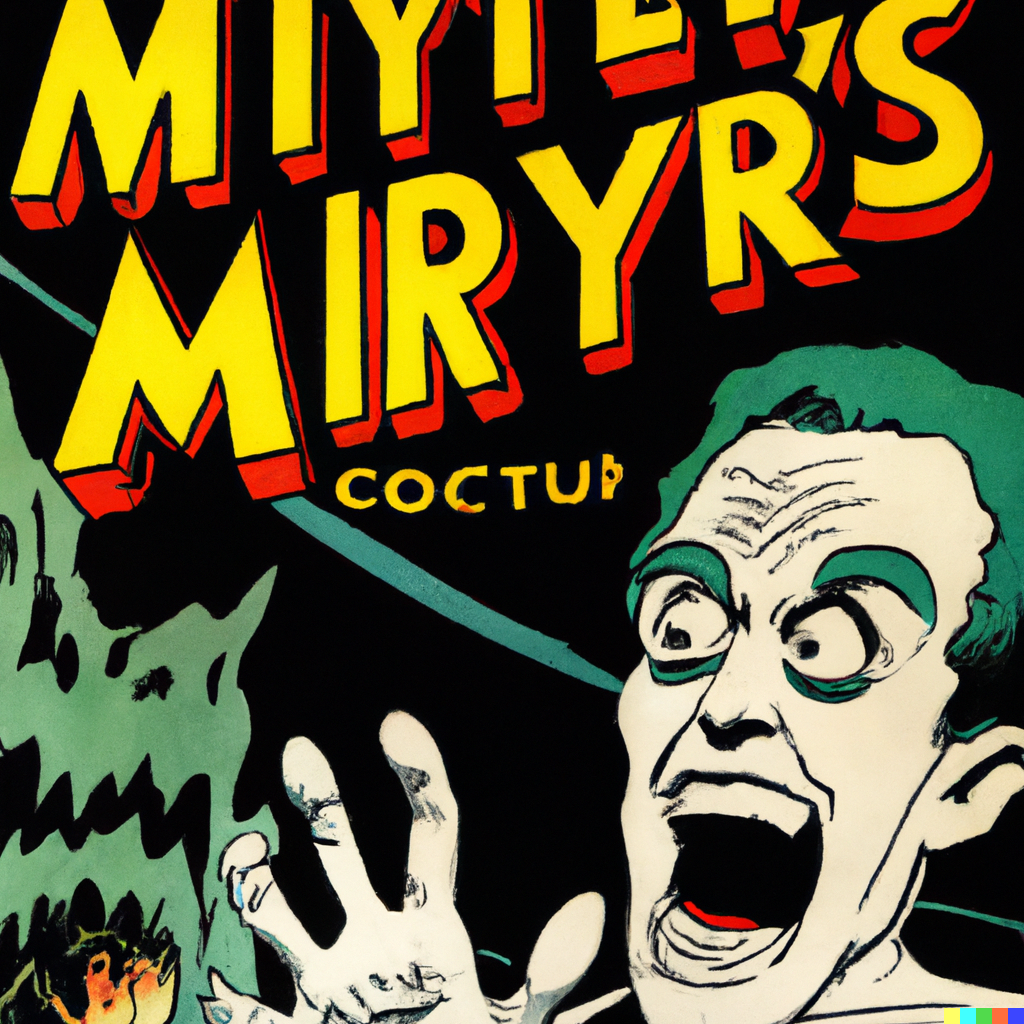I have 2 drives in my machine. Linux right now is installed on 1/4 of the first drive and I am going to start moving parts of my 2nd drive, which is just games on Windows, to a 1/2 combo of NTFS and BTRFS. Essentially giving Linux more space as it replaces Windows as my gaming daily driver. With the eventual plan to move that entire 2nd drive over to BTRFS, and allow Windows to have 3/4 of the 1st drive for games that only run under it.
Curious how folks have set this up. Currently I have Steam, Heroic and Lutris installing to ~/Games. So it may make sense to mount my new drive there, but I am not sure that in home folder mounts make sense. I also realize I could potentially use BTRFS to make it look like my space is all one mount point vs multiple, but given the complexity of that filesystem I am worried there is a downside I am not aware of.
Any suggestions? What has worked for you for your setup?


Probably could, but it’s not worth the time or effort. I switch so rarely that even if it only took five minutes to configure, that’s still more time than I spend switching in six months
There shouldn’t be any configuration, you just push F11 or whatever and select the other boot drive. I still do that when I boot into Windows like once/year.
I’d assumed you’d read my other comment. When I do have both drives plugged in at once, Windows always does a disk check on every startup, which takes a long time and is completely unnecessary. Just switching which device I boot from isn’t a good solution for my computer
As mentioned, I’ve never had that issue. I put the Windows disk in whichever slot it prefers and Linux in another, then configure the BIOS to prefer the Linux drive.
I think it’s doing the disk check because it’s in a different slot than it expects or something.